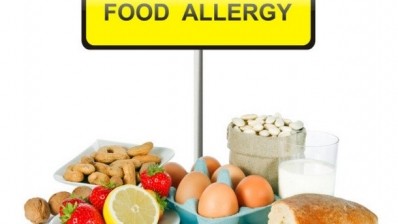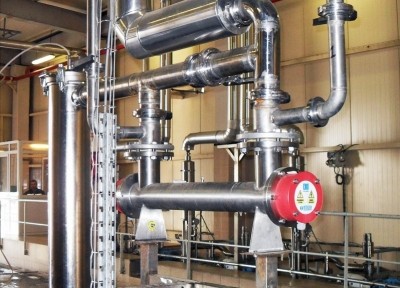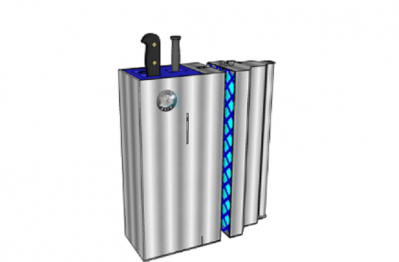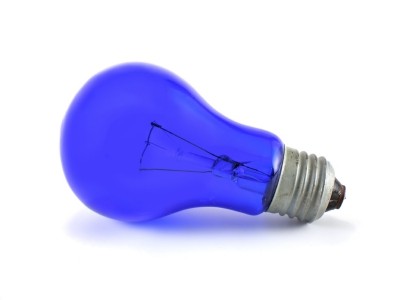EFSA panel says UV-treated milk is safe
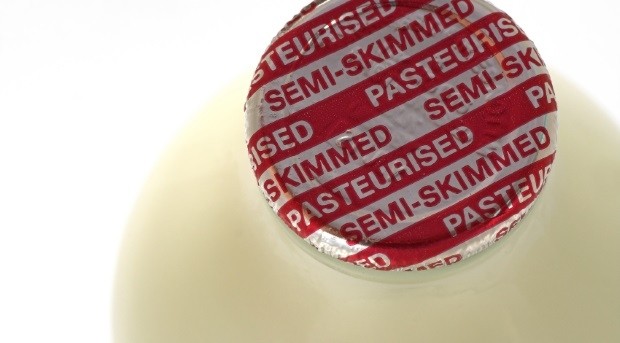
In 2012, Dairy Crest submitted a request to place pasteurised milk on the market, which was treated with UV light, as a novel food. This UV treatment of pasteurized milk is intended to extend its shelf life from the current 12 days to 21 days, and to increase vitamin D3 concentrations.
The types of milk proposed for the UV treatment are pasteurized whole milk, pasteurized semi-skimmed milk, and pasteurized skimmed milk.
A Dairy Crest spokesperson told DairyReporter, "Dairy Crest is delighted that EFSA has approved the UV treatment of milk as safe for consumers, and granted it novel food status. We are now reviewing our options as a licence holder going forward."
Member States raise concerns
In 2013, the relevant authorities in Ireland sent the Commission their initial assessment report, which came to the conclusion that pasteurized milk treated with UV light meets the criteria for acceptance as a novel food. Following this, the Commission forwarded the initial assessment report to the other Member States, with several submitting comments or raising objections.
Concerns included requests for data on vitamin D3 concentrations and formation, possible oxidation of lipids and proteins, the reaction of vitamins A, B2, C and E to UV light, potential changes to the milk’s allergenic status, and the history of the use of the process.
The study found that there were no significant differences in the nutrient content of milks treated with UV as compared to control milk. Figures provided showed that the elevated vitamin D3 concentrations were stable for the 28-day shelf-life study.
Vitamin D3 investigated
The UV-treated milk contained significant amounts of vitamin D3, whereas the contents in the control milk were below the limit of detection. Apart from vitamin D3, there were no significant differences in the nutrient content of milks treated with UV as compared to control milk.
Regarding the vitamin D3 content, the panel considered whether the increased D3 level would be harmful, and concluded that even if it is conservatively assumed that all consumed cow’s milk is UV-treated and contains the maximum proposed vitamin D3 concentrations, and also taking into account the vitamin D intake from the diet, it is unlikely that tolerable upper intake levels established by EFSA for children aged one to 10, and adolescents and adults will be exceeded.
The Panel noted that the formation of lipid oxidation products following UV treatment of milk is not of safety concern, nor is the formation of protein oxidation products.
Data obtained from analyses of different batches of milk demonstrated that the UV treatment had no impact on the contents of macronutrients (e.g. fat and protein) and of micronutrients.
Concerns over further processing
Member States asked about the possibility that UV-treated milk is further processed to other products (such as butter, cheese, yogurt etc.), which would have an impact on the overall intake of vitamin D3, and also to address the possible combined intake of UV-treated milk with vitamin D supplements or with other vitamin D-enriched products already on the market. The applicant confirmed that the application is intended for the use of UV processing of cow’s milk only (whole, semi-skimmed, skimmed).
UV treatment for the purpose of reducing microorganisms has been reported to reduce vitamin contents in foods such as milk or juices. For milk subjected to the specified UV treatment, comparisons of the nutrient composition, including riboflavin and vitamin B12, showed no relevant reductions.
The statement from the NDA concludes, “Considering that there are no relevant changes in nutrient composition in the milks following the proposed UV treatment, the Panel considers the specified parameters as acceptable. The Panel concludes that the data provided on the production process are sufficient and do not give rise to safety concerns.”
